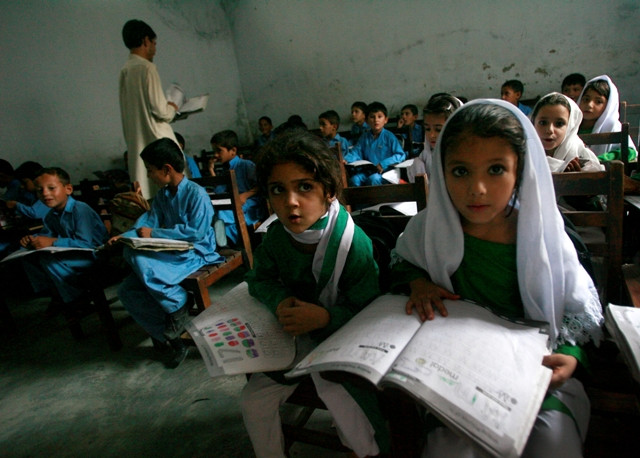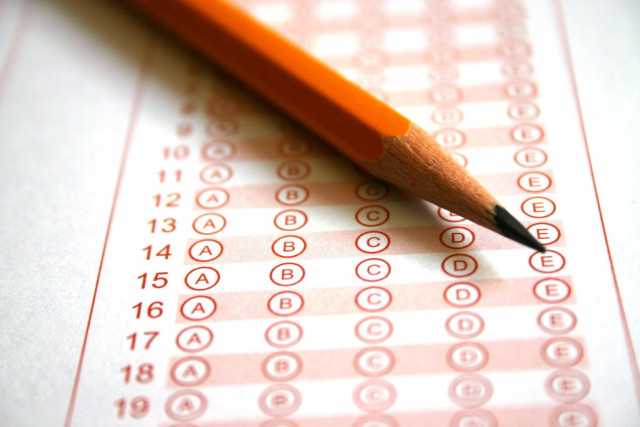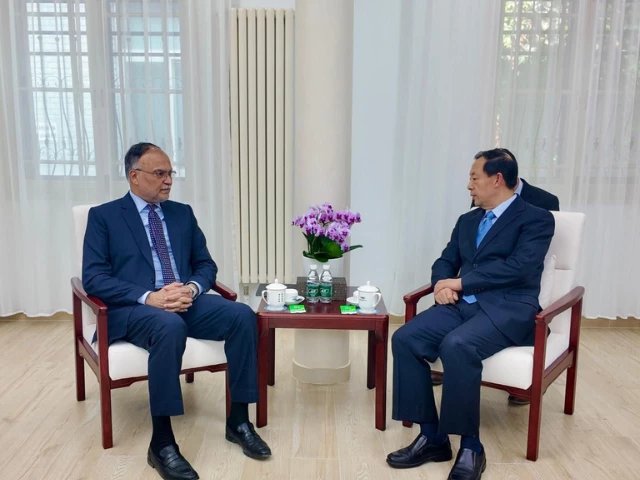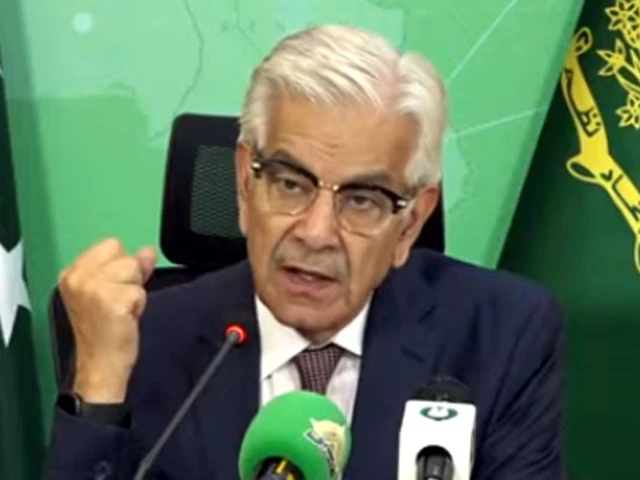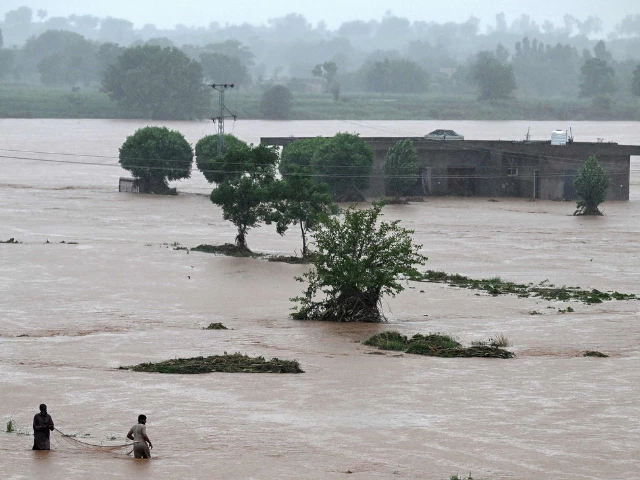The Growing Importance of Non-Formal Education in Pakistan
The landscape of education in Pakistan is undergoing a significant shift, as highlighted in the recent 2023-24 National Non-Formal Education (NFE) Statistical Report released by the Pakistan Institute of Education (PIE). With a remarkable 20% increase in enrollments, the non-formal education sector is proving to be a crucial alternative for many families across the country.
So, what exactly is non-formal education? Often described as a "second-chance model," it offers a cost-effective and flexible approach to learning. Monthly expenses per child range between Rs 1,000 to Rs 1,500, making it accessible for many families who may struggle with the financial burden of formal education systems.
The report reveals that there are now 35,427 non-formal education centers catering to over 1.29 million learners. This growth is particularly encouraging as 57% of the learners are girls. It’s uplifting to see such a strong representation of females in both the student body and teaching workforce, where 82% of teachers are women. This trend marks a positive step toward gender parity in education.
Efforts in adult literacy are also gaining momentum, with 3,382 centers currently serving 80,093 students. This focus on youth and adult literacy is essential, especially in a country where many are still deprived of basic educational opportunities. Additionally, programs designed for 10,181 refugee children, mainly from Afghanistan, reflect our commitment to inclusive education.
Innovative educational models, like the Accelerated Learning Program (ALP) that integrates academic and vocational skills, have been introduced to improve retention and learning outcomes. The ALP Middle-Tech model notably enjoys a 70% completion rate, showcasing its effectiveness.
However, it’s important to remember that progress comes with challenges. Regional disparities remain a major concern, particularly in rural areas like Balochistan, where female literacy rates are alarmingly low. The Pakistan Economic Survey highlights that only 31% of women in some regions can read and write, a stark reminder of the work still to be done.
Furthermore, the latest UN report places Pakistan at 164th out of 193 countries on the Human Development Index (HDI). With education being a vital factor in national development, it’s clear that we need to double down on our efforts.
The NFE report lays out key recommendations, urging the expansion of programs like ALP to help bridge these gaps. As we move forward, engaging communities and fostering learning opportunities will be essential in tackling educational inequalities.
If you’re interested in exploring more about educational initiatives and how you can contribute to meaningful educational change in Pakistan, consider connecting with Pro21st. Together, we can make a difference!
At Pro21st, we believe in sharing updates that matter.
Stay connected for more real conversations, fresh insights, and 21st-century perspectives.

